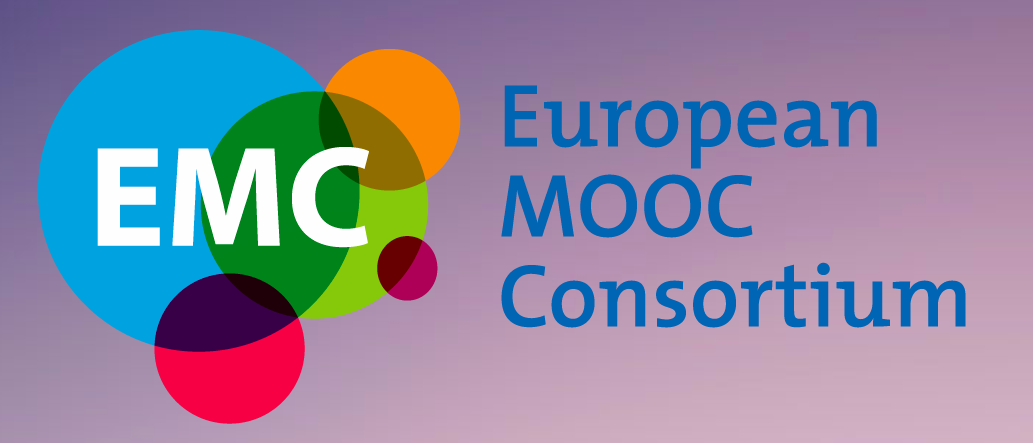This is the second part of an interview with Barbara Illowsky, OCWC Educator ACE Award winner, Professor of Math and Statistics at De Anza College and co-author of the OpenStax College open textbook Introductory Statistics (previously Collaborative Statistics). Read the first part of this interview to find out more about Barbara, De Anza College, the impact of high textbook costs, student savings, how Barbara was involved in changing State policy and her involvement with OpenStax College and Connexions.
Improving the Textbook Collaboratively
Later in the interview I asked Barbara is there was any difference between authoring/creating an open resource such as Collaborative Statistics, and other material that Barbara has contributed to the Connexions platform, in comparison to materials Barbara uses in her own classroom. You can also hear more about Barbara’s incorporation of the Vietnamese New Year gambling game of Tết into her Labs (mentioned in my earlier post: “It’s a Wild Ride!…”) in her response:
I also asked Barbara about any changes made to the original Collaborative Statistics textbook before it was available on Connexions. She told me about how the book was kept relevant and up-to-date, responding to feedback from around the world and the benefits of having an online version of the book:
More on how Barbara and Susan respond to feedback and the role of open licensing:

Barbara and friend! (Picture credit: http://www.collegeopentextbooks.org/blog/tag/barbara-illowsky/)
Creative Commons licensing
Hear more from Barbara about why the NC (non-commercial) Creative Commons (CC) license was not applied to Collaborative Statistics and how this decision benefited students and educators. You can find a transcript of this section in the original “It’s a Wild Ride!…” blog post.
How Open Improves the Quality of Textbooks
In addition to textbook savings, I asked Barbara whether there had been any other outcomes or impact of using OER such as Collaborative Statistics. Listen and hear Barbara give some great examples of how and why “the book has become much better because people have contributed to it.”
Barbara also tells us why the OpenStax College version should be viewed as “a community textbook” and how Collaborative Statistics “…has become better, the learning experience has become better…” and how it has benefited Barbara herself: “…this has been a total professional development ride for me…”
“Student learning” and saving students money (the reason why Barbara became involved in OER) are central to Barbara’s work. Toward the end of the interview, I asked her about openness. Barbara told me:
“Openness means that I’m willing to share and others are willing to share. And that as much as we possibly can we take our egos out of this and we work collaboratively for the end all, which in an educational setting … is student learning.”
This mutual collaboration appears central to the success and development of Collaborative Statistics whilst also benefitting students: “…student learning improved because of the fact that others could repurpose, others could use…”
In this excerpt Barbara also reflects on student “success rate[s]” remaining steady rather than lowering with the introduction of open materials in the classroom: “having open textbooks have not hurt the students academically.”
Closing Comments
Barbara’s closing remarks, reflecting on the journey of Collaborative Statistics, the impact of this open textbook and increased support for OER from Foundations:
Thanks so much again to Barbara for this fascinating interview and for being so generous with her time. I hope you’ve enjoyed listening!




[…] OER policy”, student savings and how open has improved quality. Catch up on Part One and Part Two … perfect summertime listening! […] Half way through July Beck, Rob and Martin headed to […]